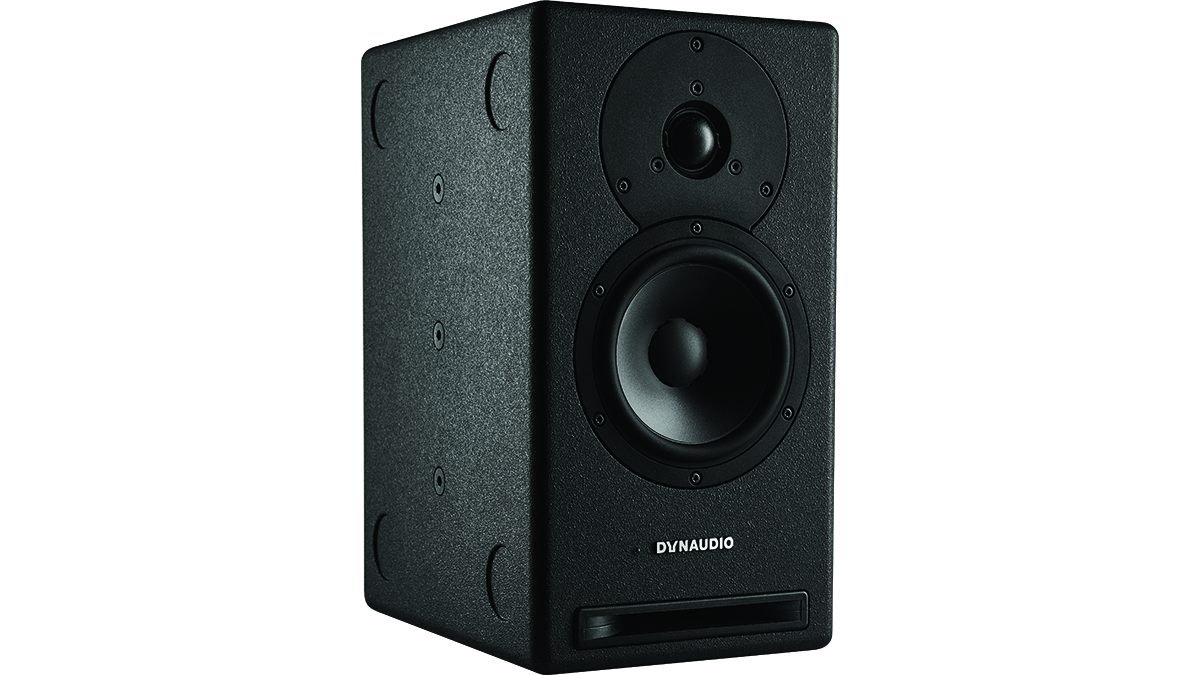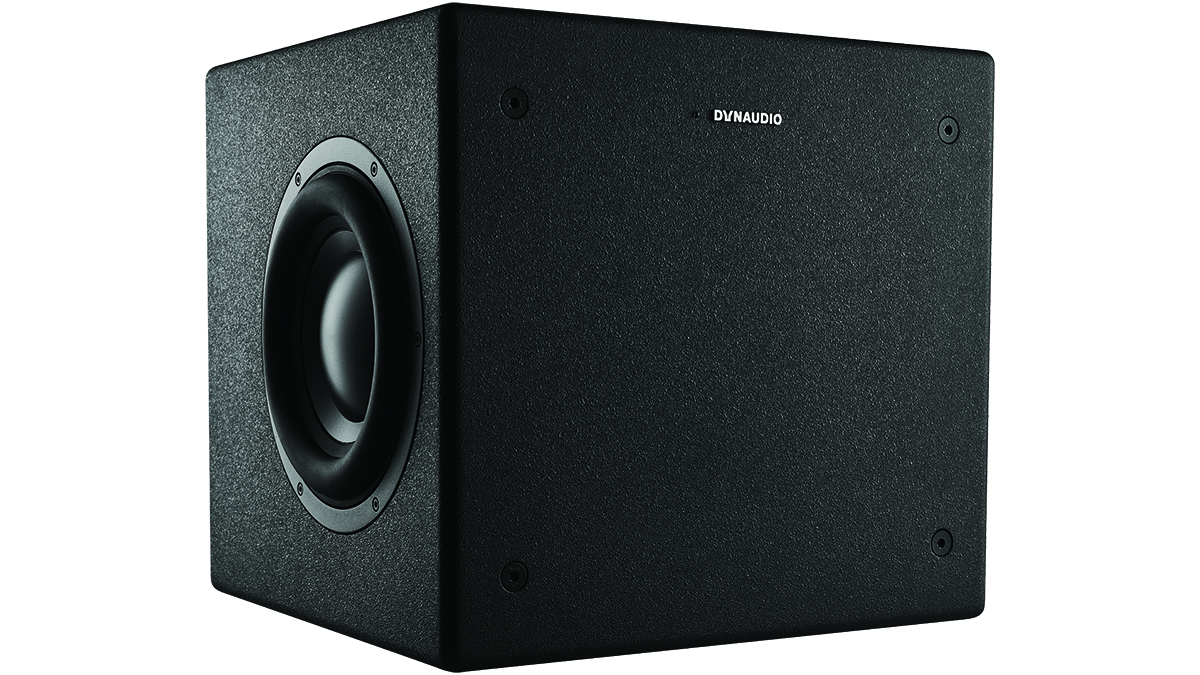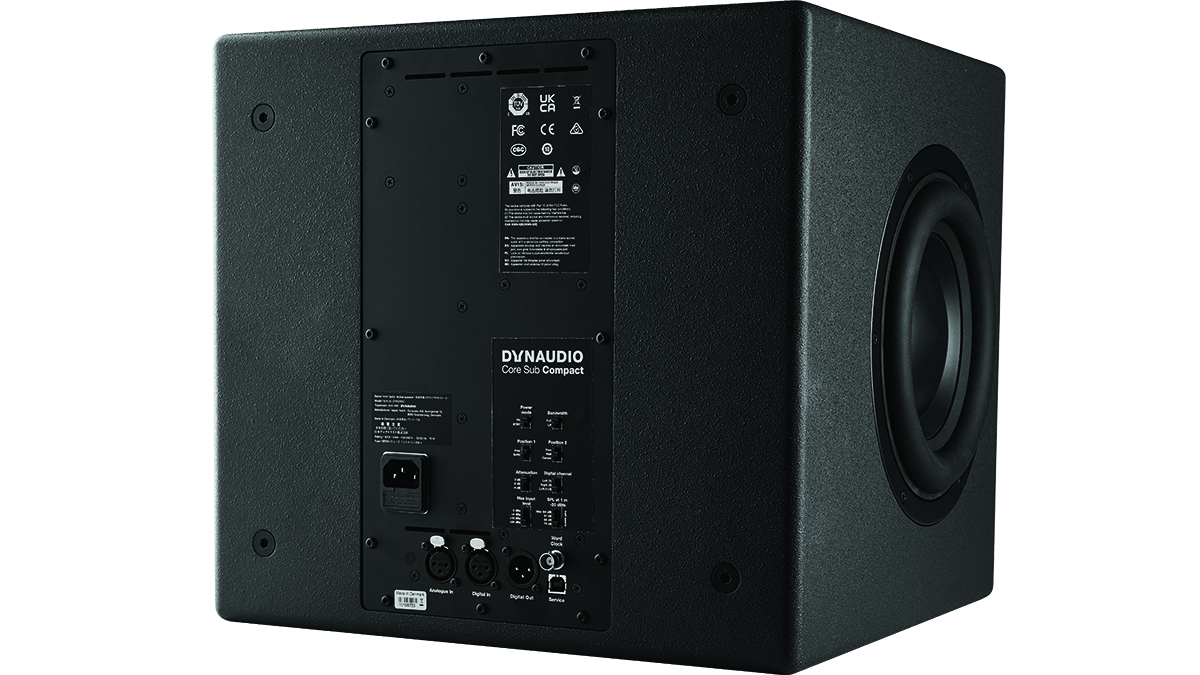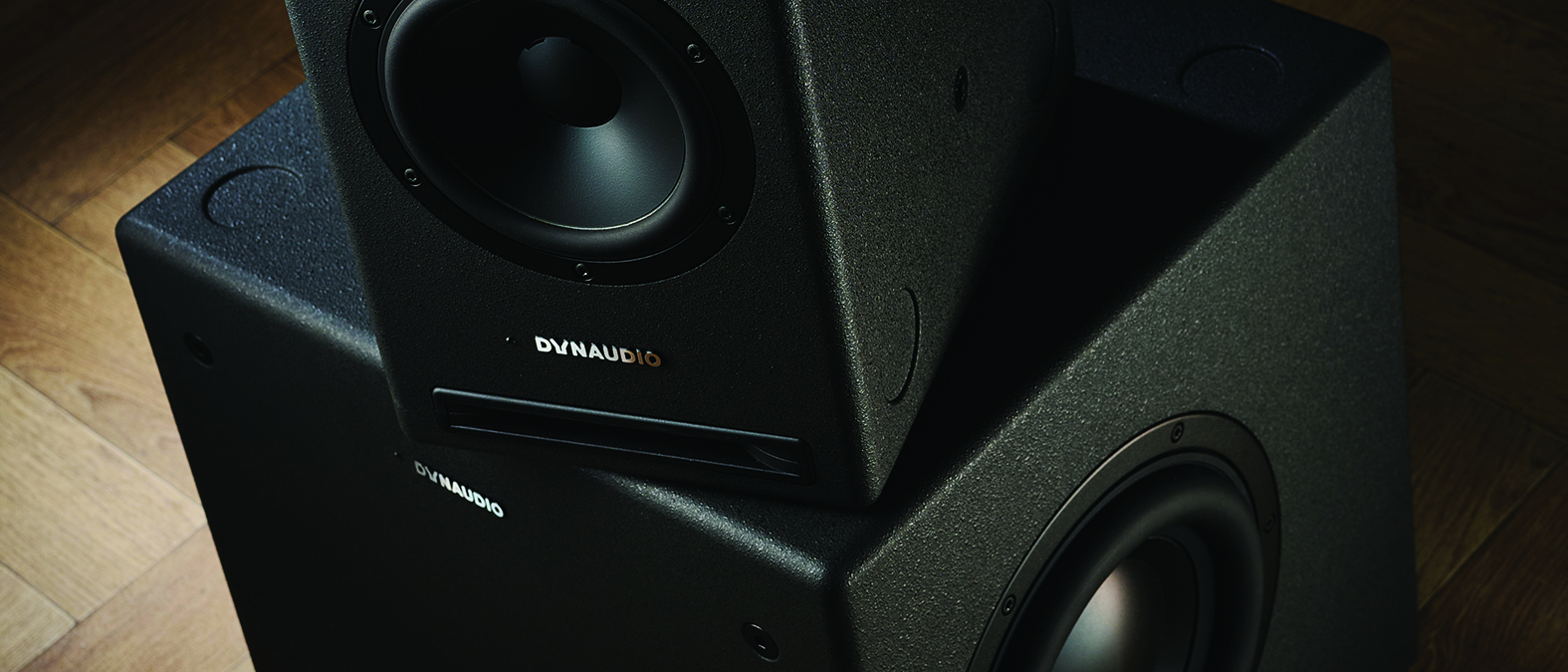MusicRadar Verdict
A truly wonderful listen, and combined with their own subwoofer, these deliver a very powerful, trustworthy 2.1 system.
Pros
- +
Core 5 has an excellent balanced delivery with precise mid range.
- +
Core 5 has well spec’d, easy-to-use EQ and room correction settings.
- +
Core 5 has good low frequency extension given size.
- +
Core Sub Compact possesses more than enough welly for small to medium rooms.
- +
Both units include good choice of positioning and mounting options.
Cons
- -
Expensive.
MusicRadar's got your back
Dynaudio Core 5 & Core Sub: What is it?
Dynaudio’s new Core monitor range is a no-compromise audiophile design that includes both 2- and 3-way near and midfield monitors and a choice of two different size subwoofers.
For review, we have Core 5, the smallest nearfield and Core Sub Compact, the smaller of the two subs, though at 26.1kg it’s still a bruiser.

Dynaudio Core 5 & Core Sub: Performance and verdict
Core 5 is a traditional front-ported, 2-way monitor with a 5” MSP (magnesium silicate polymer) woofer and 1.1” soft dome tweeter. Although weighty (8.6kg), it’s very compact with a narrow profile. It can be positioned vertically or horizontally or stand mounted from the sides or base. The enclosure is also dotted with small indentations for the included stick-on rubber mounting pads. Price-wise, this is a premium monitor, and like many other flagship designs, its features are aimed towards pro users. To that end, analogue and digital inputs are XLR-only, and even a word clock input to help digital users harmonise system clocking. For power you get twin 280W Class D amps, so each monitor packs a serious punch.

Beyond this, Core 5 treads a reasonably standard path - there’s no analysis-based room correction for example. Still, onboard DSP delivers an impressive selection of tailored tweaking options accessible via task-specific switches on the back panel. These include two key room correction options (Position 1 and Position 2). The first provides specific correction for either soffit or desktop mounting, while the second handles rear wall or corner proximity. A further switch offers more traditional EQ with Bright and Dark options delivering modest tilt style changes in each direction. Rounding things off is an 80Hz high-pass filter for use with a subwoofer.
We found these all behaved as expected and opted for the rear wall correction to help curtail the reflection build up slightly. But what is very clear is how well balanced the mid range and low mids are. In this key region Core 5 delivers not only highly defined frequency information but also pinpoint imaging. Add in a glassy top end and tight lower frequencies, which we found useful down to below 50Hz, and the Core 5 is very well balanced.

Talking of low frequencies, Dynaudio’s Core Sub Compact is a perfect partner for Core 5. It follows a similar path in terms of features, with analogue and AES digital inputs (both on XLR), and digital pass through (XLR), which can be used for onward connection to your nearfields. That said, it’s worth noting that you do not get pass-through analogue connections. Further options include various EQ settings including both wall and corner correction, and also dedicated low-pass filter. However, the showstoppers here are the two 9” drivers positioned either side of the cabinet. These deliver serious thunder and combined with the solid heavy cabinet, the Core Sub Compact has plenty in the tank for small to medium size rooms.

Dynaudio’s aim with its Core series is no-compromise monitoring with excellent accuracy and imaging right down to the smallest model. They’ve clearly succeeded and from a sonic perspective we really can’t fault them.
Want all the hottest music and gear news, reviews, deals, features and more, direct to your inbox? Sign up here.
MusicRadar verdict: A truly wonderful listen, and combined with their own subwoofer, these deliver a very powerful, trustworthy 2.1 system.
Dynaudio Core 5 & Core Sub: Hands-on demos
Dynaudio
Sonic Scoop
Dynaudio Core 5 & Core Sub: Specifications
- KEY FEATURES: Core 5 Design: 2-way, front ported Drivers: HF 1.1” soft dome, LF 5” magnesium silicate polymer. Sub Compact Design: Sealed enclosure dual-driver-opposed configuration Drivers: 2x 9” magnesium silicate polymer hybrid drive.
- CONTACT: Dynaudio
Jon is a London based platinum award winning mixer, producer, composer and club remixer with a diverse CV that spans dance, pop, rock and music for media. He’s also a long term contributor to MusicRadar's music technology tutorials and reviews. Whether working alone or collaborating he usually handles final mixdowns, so you’ll also find MusicRadar peppered with his handy mixing tips.



